A school is a place for learning and understanding, but how can a student learn properly if they can’t even hear you clearly? Today, we are going to talk about the importance of classroom acoustics and how you can reduce noise in a classroom. Let’s talk ‒ clearly.
Humans have five senses, and hearing is probably the second most important sense. Hearing forms a big part of how we perceive the world, how we learn about events, and above all, how we communicate. In a classroom, good auditory conditions lead to a better understanding of the teacher’s words, faster recognition, and wiser students. A noisy classroom is just the opposite.

What is Classroom Acoustics?
The term “acoustics” means how sound travels through a given space, though it is too much of a simplification. Better acoustics, in general, makes sounds clearer and easier to understand and differentiate from each other. Bad acoustics will make sounds feel jumbled, hard to separate, and in general more confusing than pleasant. It also means how ‘nice’ a sound may feel in your ear, and how much noise is present there.
But what is noise in a classroom? At first thought, a teacher may think that noise in the classroom just means students talking. While that’s not wrong per se, it is so smaller than the real picture. For example, the teacher’s own words bouncing off the walls and ceiling can also create noise.
Generally speaking, there are two kinds of noises in a classroom ‒ background noise and reverberation.
Background noise
This is a term that means any sound that causes distraction and confusion with the sound you intend to hear clearly. There can be many sources of background noise in a classroom, such as:
- Other students talking in the room
- People talking in the hall outside the room
- Voices from other classrooms adjoining yours
- Vehicle sounds coming from the street or road outside the building
- Machine sounds like AC or fans
Reverberation
This term describes how a sound wave behaves when it is generated. Sound has a very reflective nature like light. It bounces off walls and ceilings and floors. That isn’t a problem with light since light is very fast ‒ but sound is quite slow and a reflected sound comes to your ears AFTER the original sound. This causes confusion in our brain’s auditory processing center. If there are many different sounds reverberating at once, then these sound waves will compliment each other and add up to large magnitudes. Meaning, this will get very loud and almost drown out the original.
The two kinds of noises as stated above are not mutually exclusive ‒ they can team up and make a classroom very disturbing indeed. Large schools beside busy roads with lots of students often face this problem, and sooner or later they have to take some action. Why?

Importance of Good Acoustics in Classrooms
A classroom with poor acoustics causes a lot of problems, not limited to just understanding the teacher’s communication. In fact, that alone causes quite a few issues by itself, but there are others as well.
Poor acoustics causes issues
A student’s learning and behavior depend heavily on how well the teacher’s words go into his or her brain. If that pathway is disturbed, the student will definitely have issues, such as:
- Understanding ‒ if the student has difficulty understanding the teacher’s words, the whole purpose of the class is in danger of failing.
- Linguistics ‒ with difficulty in hearing, the students will find it hard to read text and spell words as well. It stunts their cognitive development.
- Behavior ‒ with their attention not focused on the teacher’s thread of control, the students will get restless and may show disrespectful behavior.
- Attention span ‒ the young age already has a short attention span, and the acoustic distraction only makes it worse.
- Concentration ‒ with lots of background noise it is hard to concentrate on one thing, as we know well.
Keeping the classroom quiet and echo-free solves good portions of these problems and you get a more focused, more attentive, and better-performing audience in your class.
The issue gets worse when a student has problems of his or her own that affect the understanding and perception of the student. For example, a quiet and calm classroom is mandatory is for students who have any of the following problems:
- Hearing issues ‒ if a student already has full or partial hearing loss in an ear, a confusing classroom environment is way more tiring for them.
- Ear issues ‒ having infections or fluid in the ear causes problems with hearing and compounds the discomfort in a room with bad acoustics.
- Learning disability ‒ going undiagnosed by the thousands, many children already have problems with learning. Let’s not add to it by jumbled teacher speech.
- APD ‒ the Auditory Processing Disorder is fairly common these days (about 3%), where people have difficulty processing the words they hear. This increases exponentially with garbled speech or the presence of background noise.
- Speech or language delay ‒ some children take more time developing their speech and understanding language. They suffer a lot if they can’t hear the teacher properly.
- Attention deficit ‒ as we said above, it is hard to concentrate in an environment with lots of noise and reverb.
Advantages of good classroom acoustics
A classroom environment with a good acoustic arrangement where the teacher’s words get conveyed to each student clearly and softly is the best learning environment, audibly speaking. This offers the following benefits:
- Clear speech commands attention. In a quiet classroom, your words carry weight to every student and demand that they listen.
- Faster teaching. A word well heard is a word sooner learned.
- Less burden on students. If they can hear you well, they will have less trouble processing your subject.
- Easy on troubled students. If your class has one or more students who have physical issues as mentioned above, then a calm, quiet classroom will be a blessing for them.
- Saves the teacher. In a quiet and acoustically well-designed classroom, the teacher does not have to shout to get himself or herself heard, thereby saving her vocal cords.
- Saves time. If the students can hear you fine the first time, you will obviously have a very low need of repeating yourself.
- Better class performance. When your students can learn more easily, they learn better and consequently perform better at exams, and later in life.
All that above, and we can’t discount the fact that a quiet and soft-sounding workplace is good for the mental health of the teachers as well.

How to Improve Classroom Acoustics
It should come as a no-brainer that when you start building a school classroom you should already be thinking about the acoustics. How a room is built and furnished goes right into its acoustics. But if you are trying to improve the acoustics of an existing classroom, here are some stuff you can try out.
- The floor reflects a lot of the sound since it is closer to the student’s ears. If furnishing permits, try covering the exposed floor with rugs or mats or other kinds of semi-soft floor coverings as much as possible. They will absorb the noise nicely.
- The windows are a good source of background noise. Hang heavy curtains and utilize electricity for illumination instead.
- Try not to use noisy equipment and machines as much as possible, and do get the damn fan oiled!
- Sound waves find easy pathways in a neatly ordered room. So, place the benches in angled order so that the sound can’t find enough straight surfaces.
- If possible, cover the walls in foam as well, to make them very sound-resistant. If done cleverly, it can actually be a nice decoration as well.
- The furniture also makes noise ‒ get them repaired and place them on soft pods so that there aren’t any scraping noises.
- Even after all that, the classroom can still be quite noisy simply due to students talking and being generally children. Resolve this by taking special classes on classroom etiquette and discipline.
A Parting Word
Poor listening conditions create a negative learning environment for students, that’s beyond doubt. Simple tasks like understanding instructions, reading unfamiliar material or trying to understand basic concepts can become unnecessarily hard just due to incessant background noise and speech reverberation. All of that can be mostly negated with some simple measures as stated above. A quiet classroom with clear speech carrying through is a blessing that will cure many problems at once, and increase students’ performance to boot.
Need a Free Lab Consultation? Get in touch with our experts now!
Image courtesy: pixabay
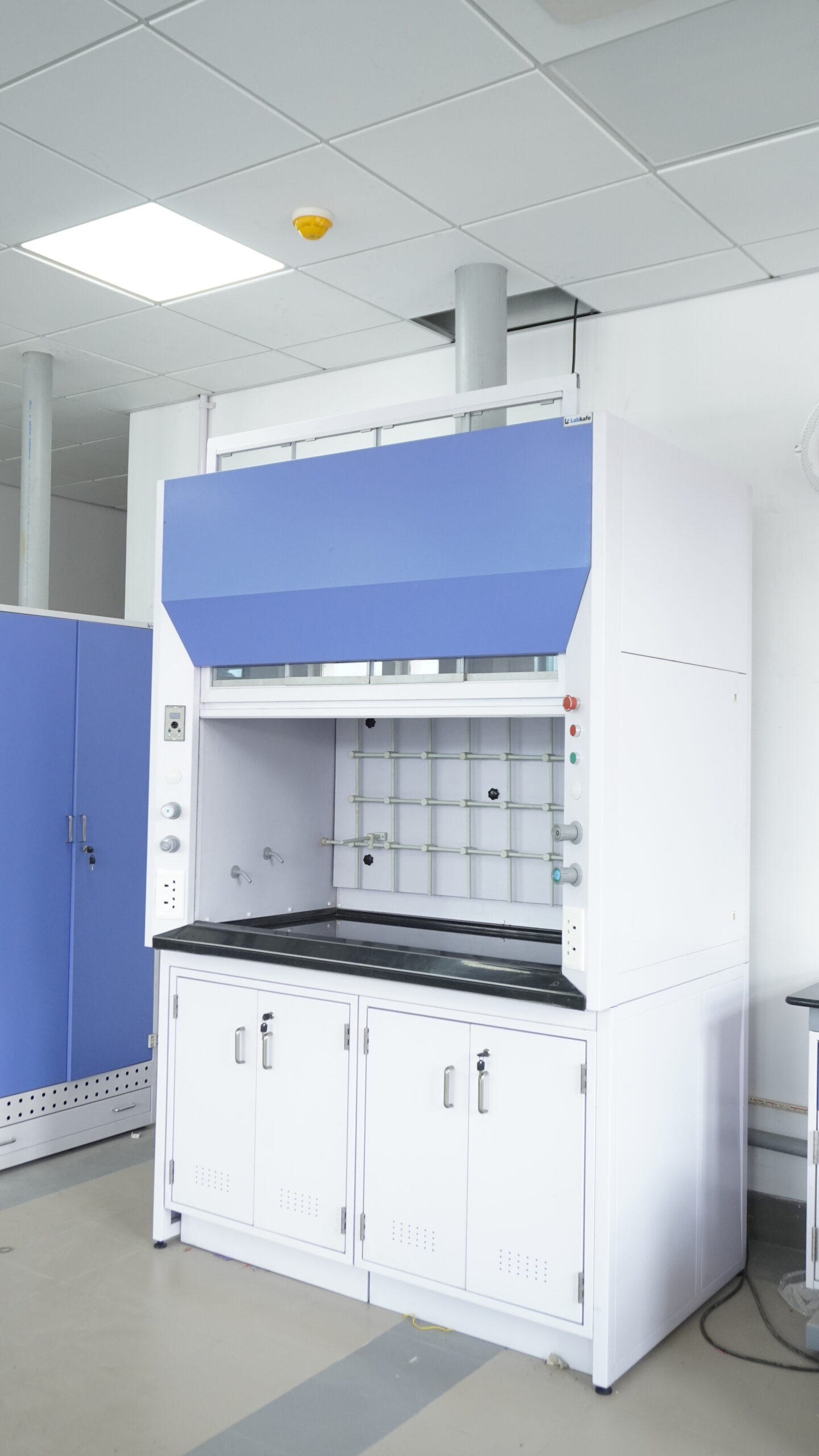

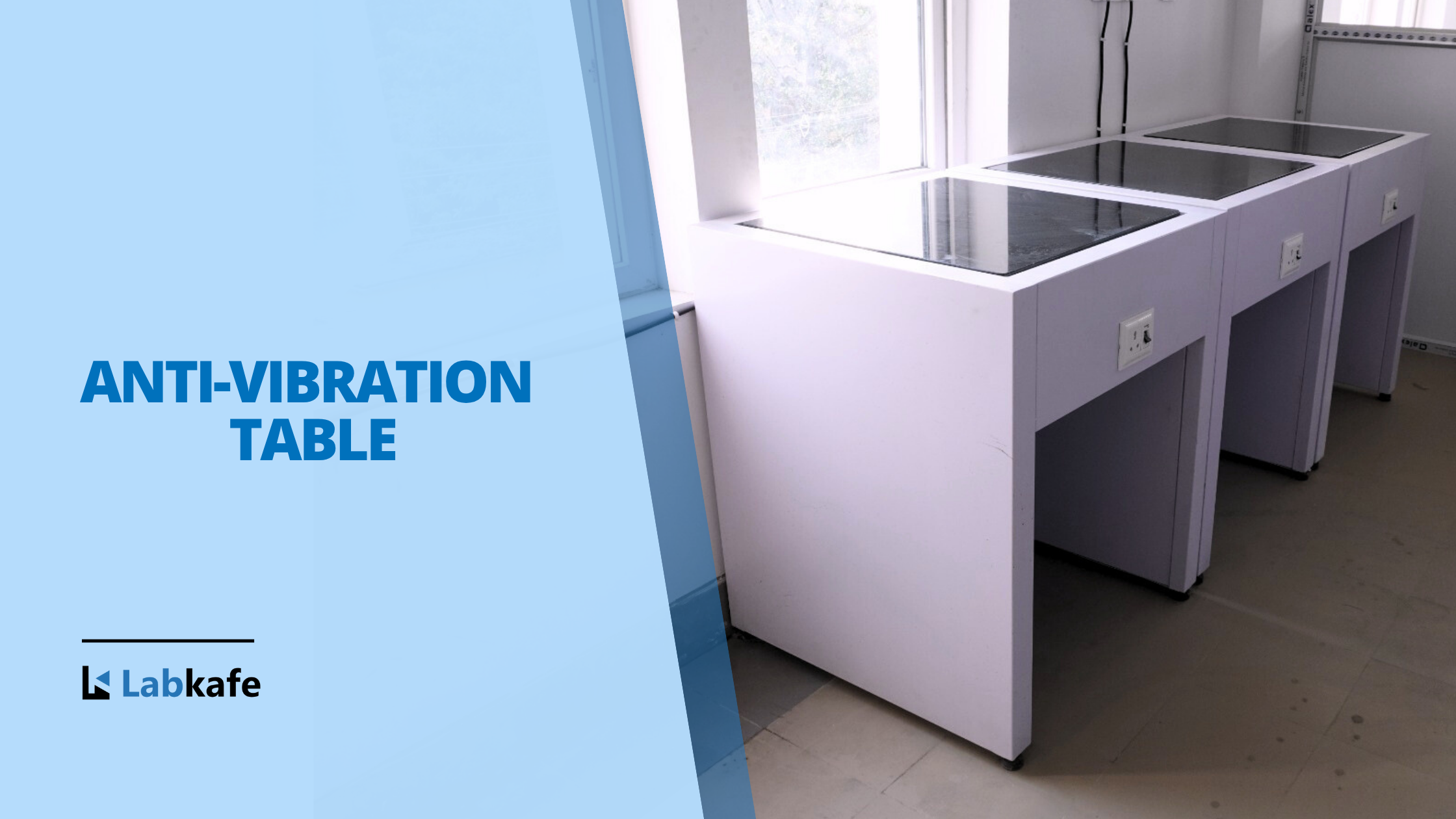


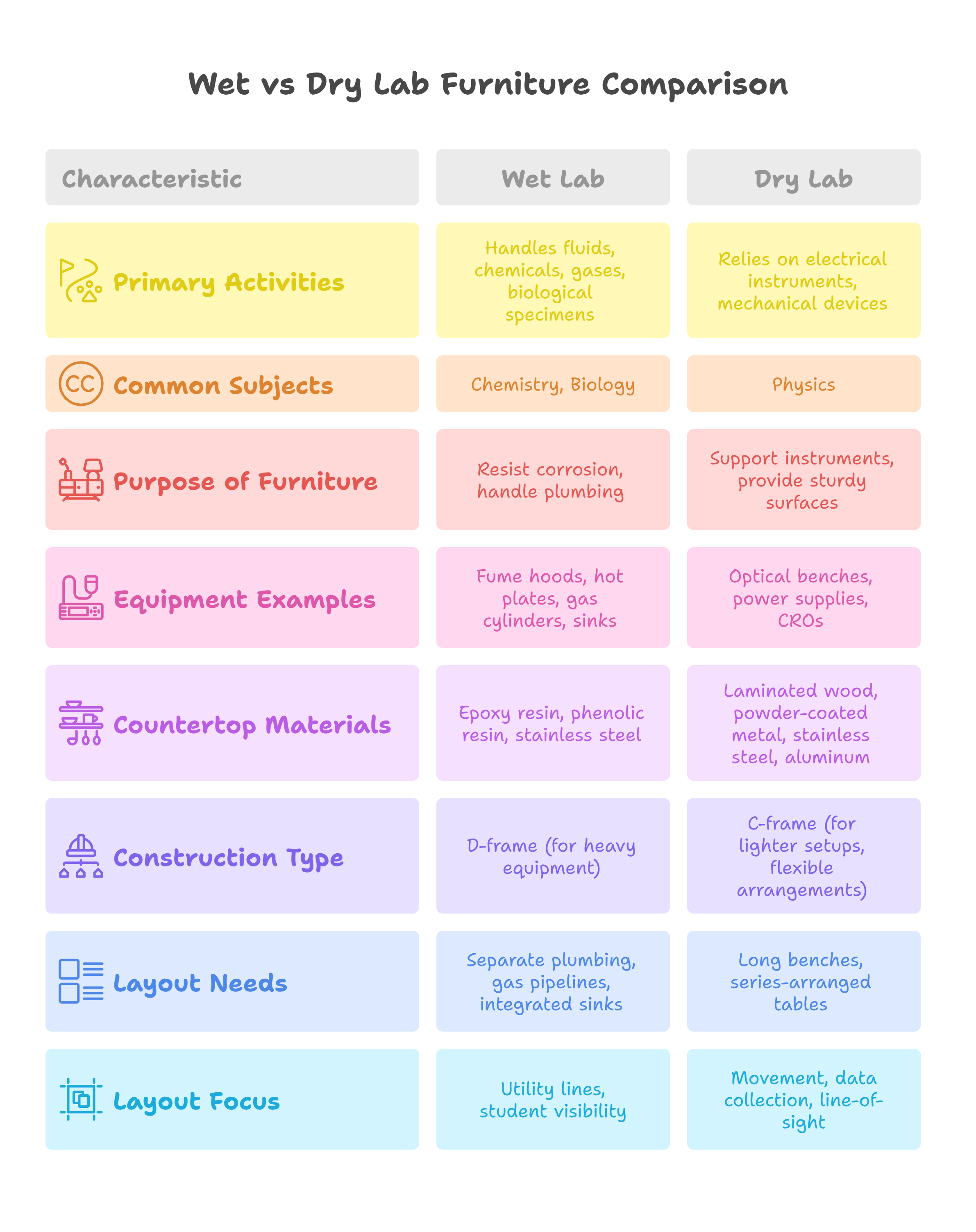
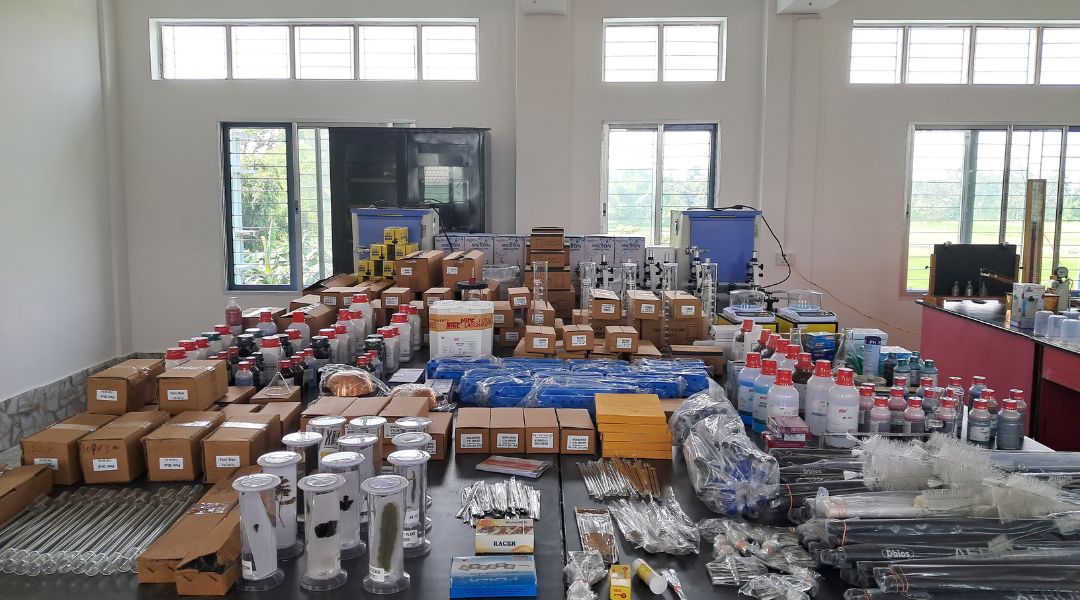
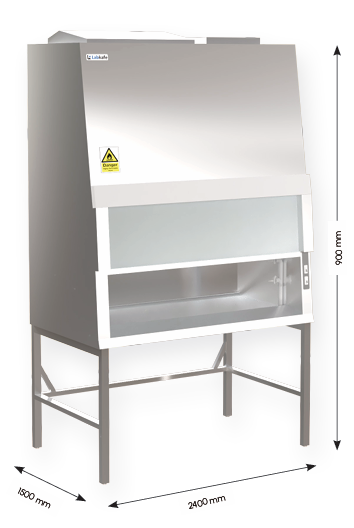
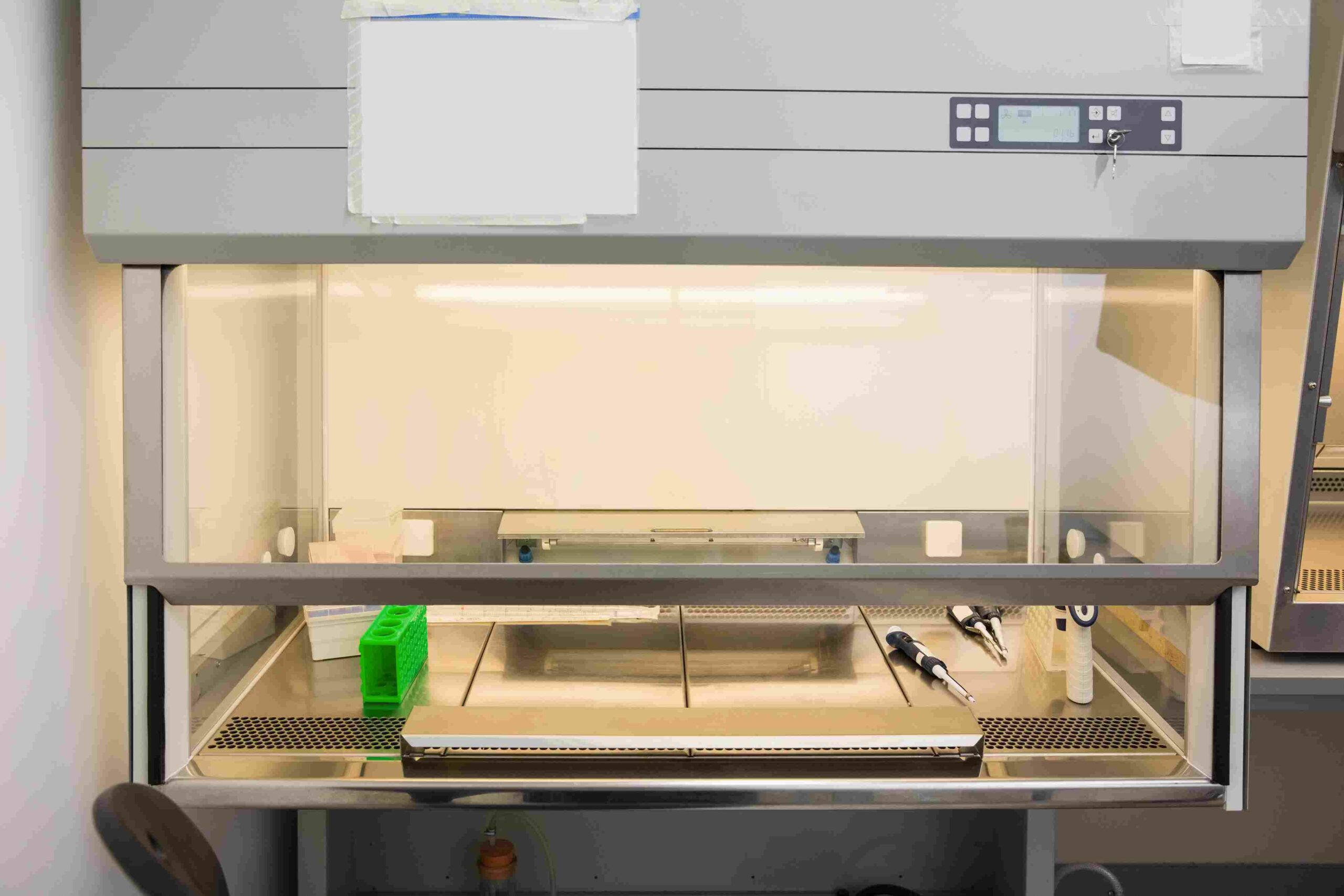
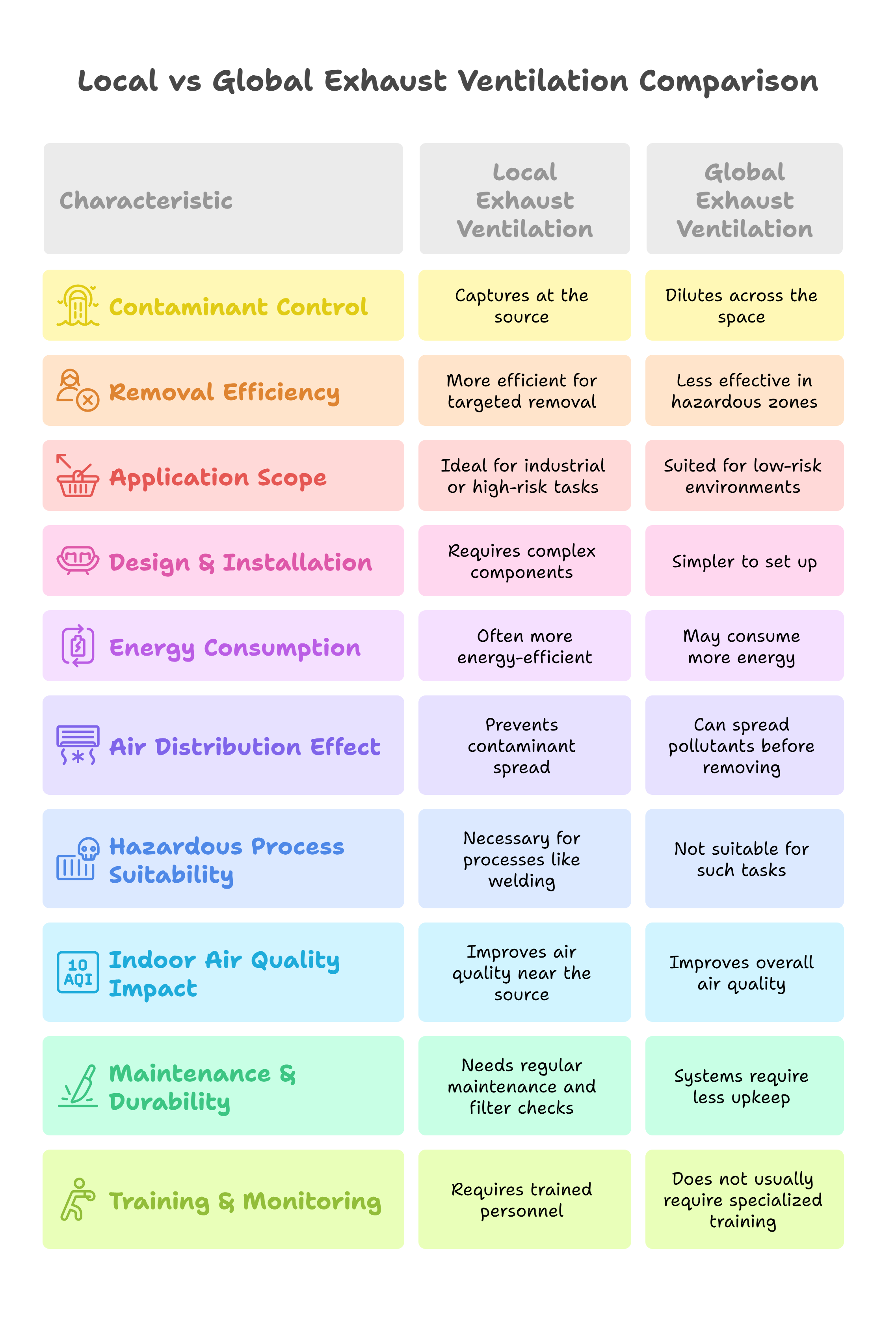

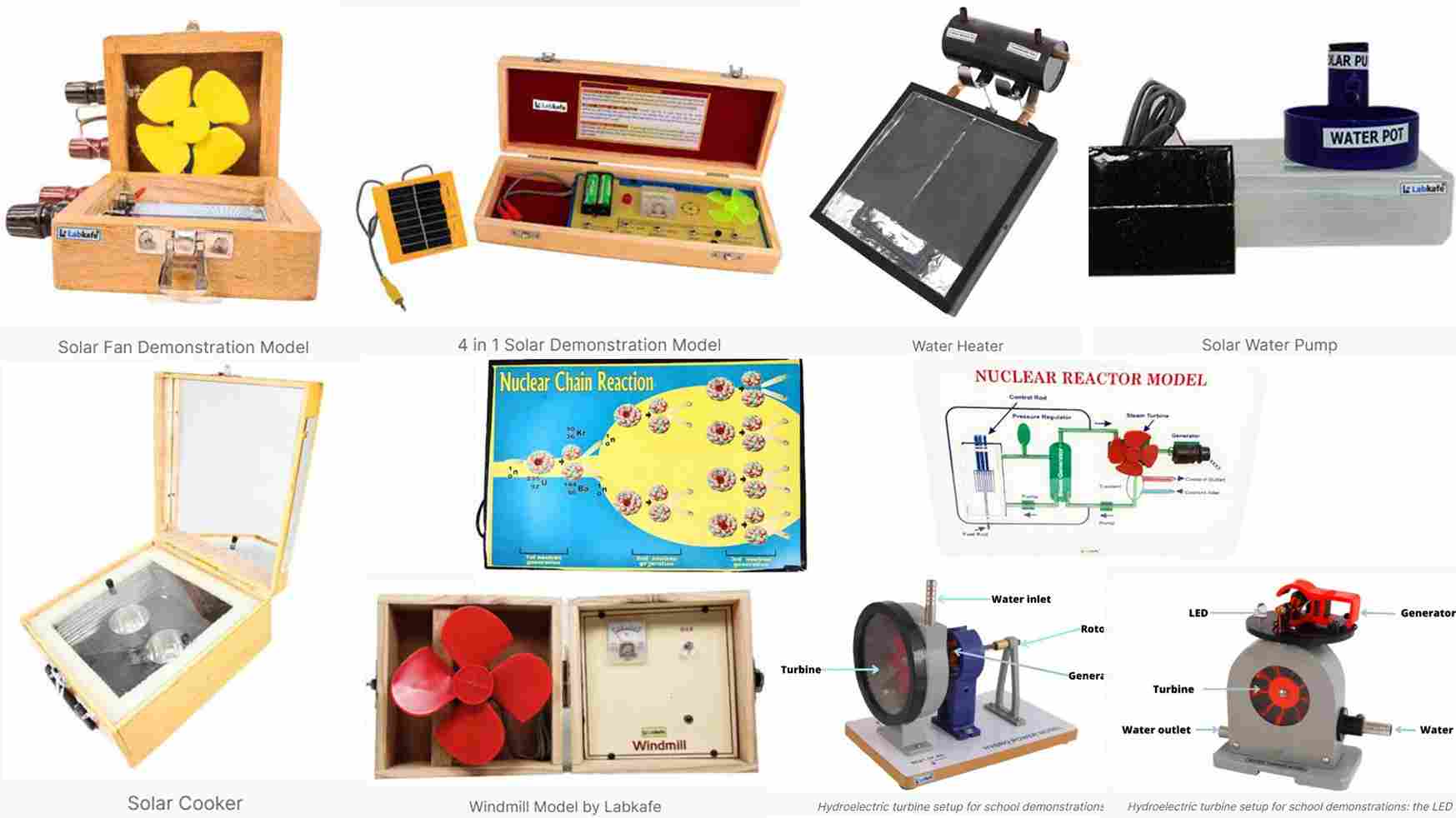
Leave a Reply